“I’m going to live stream … “
This has become a verb now.
While streaming TV shows, movies, other types of video over the internet to different types of devices, once a fringe habit, is now a squarely mainstream practice. And with live video, you never know what’s going to happen next. But what you do know is this: If you don’t tune in, you’ll miss it entirely.
Why Live stream?
Instant Connection and Gratification, Fear of missing out (FOMO), Suspense – are the key ingredients of live stream.
Instant gratification exerts a strong psychological force. Humans love the opportunity to know and see what’s happening behind the curtain. Live videos lead to an instant gratification trajectory through instant sharing, consumption, and interaction. You see human vulnerabilities and are more relatable, likable, and trustworthy. The broadcaster gets instant feedback and gains an instant connection.
“Live videos are only live once.”
FOMO makes people anxious. Live videos are the perfect substitute for an in-person interaction experience. Music festivals, birthday parties, and different types of occasions are shared live where friends and family avoid FOMO.
In addition to the “Can’t-miss” factor, the “Anything can happen when it’s live!” element is also extremely compelling. Live content has a built-in element of suspense – that convinces the millions of viewers to watch the live content (e.g. sports, reality shows etc)
Live Streaming Platforms
Live streaming platforms are participatory online communities in which users can provide content by broadcasting a video feed, which can then be consumed by other users acting as viewers. Live streaming allows authors, speakers, coaches, etc to shine in their gifts and share their unique spin on what they do with the masses. Live video allows them to really connect and engage with prospective clients and customers. It alleviates any doubt and removes objections in short order because the viewer can see firsthand how a coach or speaker engages in real-time.
Twitch
Twitch is one of the largest live streaming platforms where along with living video streaming, a chat facility also runs parallel to the video broadcast enables viewers to interact with the broadcasters, in real-time.
Twitch originally started as the “Gaming” category of the general live streaming platform Justin.tv, which was founded in 2007. In 2011, this section containing broadcasts of people playing games had grown into its own dedicated platform – Twitch. Amazon bought Twitch in 2014 for $970 million. Twitch provides ways for a large audience to spectate others as they play, while simultaneously being able to interact with the broadcaster and with other viewers.
Twitch Live streaming is different from other user-generated content (UGC) platforms, such as YouTube, mainly due to the active participation of viewers and streamers. Next to individual streamers that often broadcast according to fixed schedules and are generally receiving consistent viewership, there are certain esports and charity events that temporarily attract large numbers of viewers.
Twitch contains several design features that shift the focus from the game being played to the streamers and viewers present on the platform. Let’s look at those product features launches by understanding the jobs-to-be-done (JTBD) of broadcasters:
JTBD analysis:
As I mentioned in this story, the following is the statement structure for a Job-to-be-Done:
When (situation) —– I want to (motivation)—— so that (benefit)——
1. When I’m already playing the game, I want to be able to showcase my finesse to others, so that I can brag about my talent and be a top performer in my domain. (pro-gamer)
2. When I’m already playing the game, I want to be able to help the gaming community with my tips and tricks to complete the particular game, so that I can gain followers of the needing gaming community seeking helpful advice. (Helpful advisor)
3. When I’m already playing the game, I want to be able to talk through each gameplay and express my emotions with others, so that I get can some cheers/feedback/suggestions and feel motivated to continue playing. (commentary)
4. When I’ve played the games of a kind, I want to be able to help the gaming community by sharing my analysis of the particular game and explaining the plot, so that I can gain followers of the needing gaming community seeking game walkthrough before they play. (Helpful game analyzer & strategist)
5. When I’m playing the game(s), I want to be able to record each level of gameplay, so that I can show the tutorials and playthroughs to the seeking gaming community (librarian of games play)
6. When I’m already playing the game, I want to be able to live-stream it along with my face and personality as I’m good-looking so that I can gain followers because of my attraction and popularity. (attractive gamer)
7. When I’m not playing any game, I want to be able to talk to the viewers on the topic (apart from gaming) of my interest and their interest, so that I can have a meaningful and entertaining conversation with the interested community. (Non-gamer entertainer)
Understanding above gamers (primarily) jobs, the Twitch platform created a value proposition for streamers and viewers so that each one is taking the maximum value out of it.
Who are Twitch Users – Viewers, Streamers, Affiliates, Partners:
Viewer: Any user who is viewing the content.
Streamer: Any user who is recording and streaming the video content.
To be an affiliate or a partner, you need to reach specific benchmarks known as achievements.
Affiliate:
You need to reach 50 followers, stream for eight hours in a month, stream on seven different days in a month, and have an average of 3 viewers over that month.
Partner:
Stream for 25 hours in a month, stream on 12 days in a month. Have an average of 75 viewers over that month.
Once you reach these goals, affiliate and partner status allows you to make money via bits and subscriptions, have custom emotes (supplied by you, not twitch), have loyalty badges (icons for your subscribers), subscribe only to chat or archives, and more. Let’s look at the monetization strategies of the Twitch platform.
Making money on Twitch
Once users reach the status of Affiliates and Partners, they can start earning money on Twitch. There are two frames of mind to earn the money on Twitch platform:
1) Quantity & quality
Amassing an enormous audience of semi-interested viewers who tune it from time to time and regularly replace each other is good – as long as your viewership is consistently large. This makes it more likely to draw the interest of sponsors. Twitch, in this way, is overall an enormous marketing platform that all of its creators can benefit from.
Following are the ways of monetization:
a) Subscriptions:
Affiliate & Partners can earn money from subscriptions. Viewers may choose from three sub-tiers for monthly subscriptions:
– $4.99
– $9.99
– $24.99
50% of the total subscription amount goes to streamers while the other half is kept with Twitch. Subscription fees grant viewers additional perks, with each tier corresponding to better rewards. Special perks include the use of custom cheermotes, a subscriber-only chatroom, and the ability to watch live streams ad-free.
b) Ads:
Running ads is one of the perks that Twitch partners have, it’s actually one of the lowest-paying means of monetizing the channel. Twitch offers standard IAB (Interactive Advertising Bureau) pre-roll and display ads. Ads are reserved for Twitch Partners.
c) Sponsorships and Paid Livestreams:
Once you gain a following and/or develop a relationship with companies looking to market their products, you can get sponsored by a company to promote them during your live streams, wear their merch, and use their products on camera. Companies look for the most influential Twitch streamers and pay them to promote their company (such as paying them to play their game) or to use their equipment (such as their gaming headset).
d) Affiliate Links
Twitch is, of course, a product of Amazon, and Amazon has the best-known affiliate program in the world. Twitch gamers can sign up to an affiliate network, making a percentage of any money your followers spend on the company’s products.
e) Selling Games and In-Game Items
A relatively recent option allows Twitch Partners to sell games and in-game items from their page and receive a 5% share of the revenue. The sales box appears on the pages of all streamers who play relevant games, but only Partners receive a portion of the proceeds.
2) Loyalty & dedication
When an audience truly cares about what you do and wants to see more of it because they know they won’t get it elsewhere, it becomes possible to earn donations.
Following are the ways of monetization from your loyal audience:
f) Bits, Cheers, Cheermotes:
Channel subscribers can support their favorite Twitch influencers by purchasing Twitch’s virtual currency known as “Bits.” These Bits can be redeemed to “Cheer” – users simply type “cheer” in their chat box and enter the number of Bits they want to spend. The Cheer is displayed in the chatroom as an animated gif, either a Bit gem or a “Cheermote,” Twitch’s version of emojis. Twitch Partners can create customized Cheermotes, which only their channel subscribers can use.
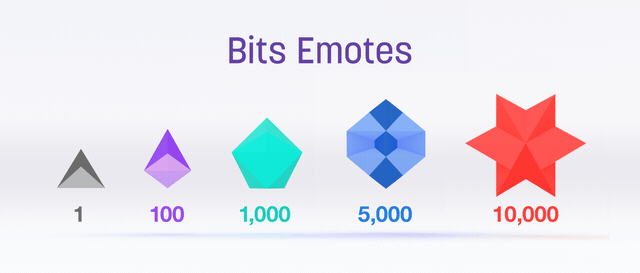
Fans typically use their Cheers to celebrate particularly exciting moments during gameplay, like when a gamer beats a boss or completes an impressive feat within a video game. Streamers earn money each time their fans cheer them on—approximately $0.01 per Bit.
g) Donations:
Apart from Bits (which are a type of mini-donation), Twitch does not directly support donations, so you need to set up your own link using PayPal or something similar. Donations are a major source of income for many Twitch streamers, they are completely voluntary on the part of their viewers.
Donations are usually not received for free – you can encourage donations by offering rewards for a certain amount, or set up challenges that you will complete whenever a set amount is deposited to you.
h) Selling Merchandise:
Once you make a name for yourself on Twitch, you could find that people are prepared to pay for your customized merchandise. You can place a link on your page directing fans to your online store. You could create merchandise like t-shirts, coffee mugs or other “fanboy” items for your fans to buy.
Is being a Streamer worth it?
If you’re looking to “get rich quick,” Twitch isn’t the path to financial freedom. But, if you’re looking to make money doing something you love and the money is more of a “bonus” rather than something you rely on, then yes, being a streamer can be worth it. You must be dedicated to promoting yourself and getting followers to make it worth it, though. Otherwise, you’ll end up making peanuts for what feels like all of your free time streaming on Twitch.
Following are a few tips to ensure you’re in the right direction.
1) Have a streamer personality – Highlight your best qualities to be a likable person. High energy, smack-talking streamers.
2) Establish an identity – Good twitch strategy starts with a definition of your target audience. How often they use Twitch? What are their needs and wants?
3) Branding your gaming Channel – Looking to start making money while serving as entertainment, 1st avenue you need to take is to develop the image of your channel. In order to generate profits, you have to treat the channel as a business – your channel to be seen as an authority, progressive, and entertaining.
4) Consistent brand story – Display the human side of the brand. Show who you’re authentic. Show up in a way that people expect to see you – this builds trust. Engage with people in your live feed. Be vulnerable – people truly want to connect with realness, realness engenders credibility.
5)Increase the likelihood of news users finding your account – Engage your audience and curate user-generated content – give awareness and exposure. Use hashtags. Use branded hashtags. Use Twitch nametag (QR code) to be followed instantly.
6) Favouritism to regulars: Once your community grows, you’ll have regulars. Some people will be the ones you always talk to, others will subscribe and never say a thing, and so on. These viewers require more attention than others, and some less, but almost all of them require some attention at some point.
7) Be good, be really good, be very top-tier good – If you’re one of the best players in any game, this is the shortcut to Twitch success. The bigger the community behind the game, the bigger is your potential audience.
References:
“Twitch Algorithms” – by Leonard Carli and MarketingLegacy
“Stream Smarter” – by Maxim Wegner
skyword.com/contentstandard/the-psychology-behind-why-we-love-live-video
frontiersin.org/articles/10.3389/fpsyg.2020.586975
creditdonkey.com/how-much-twitch-streamers-make.html
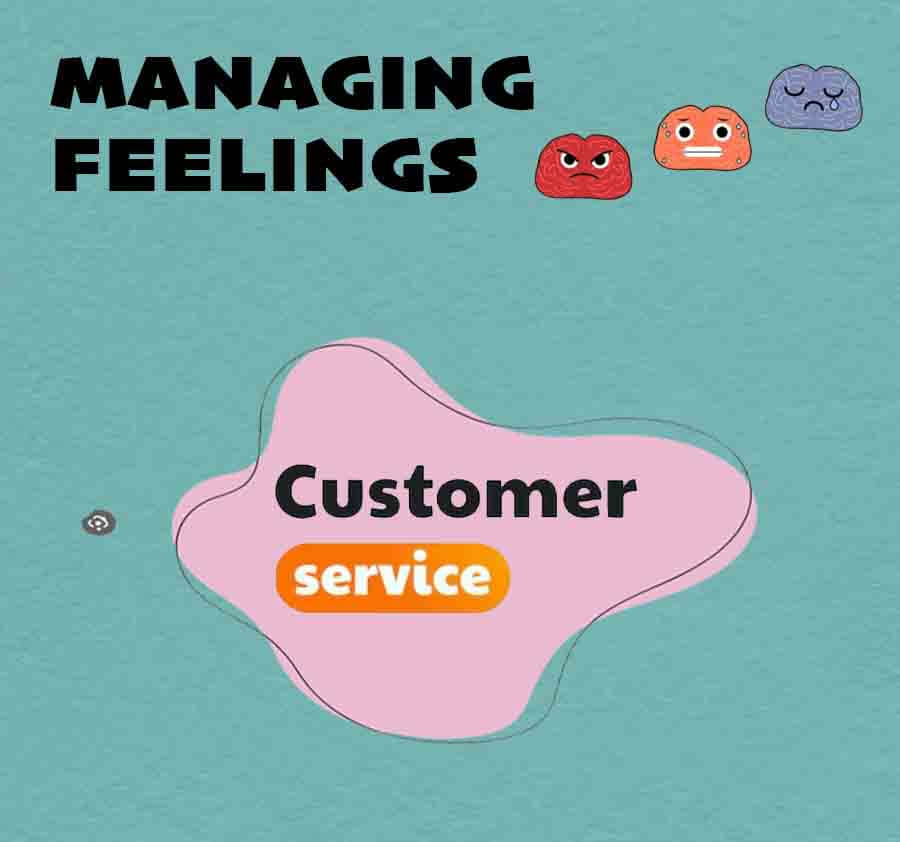

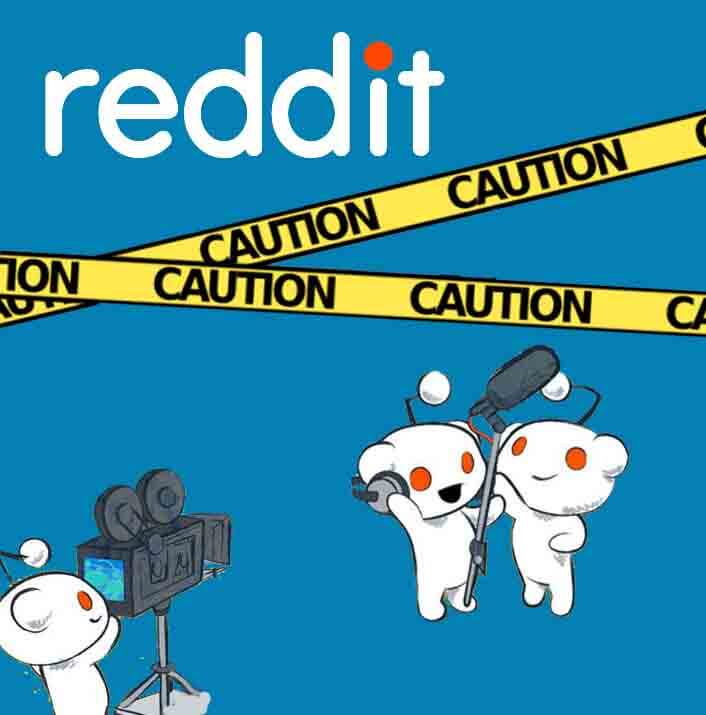
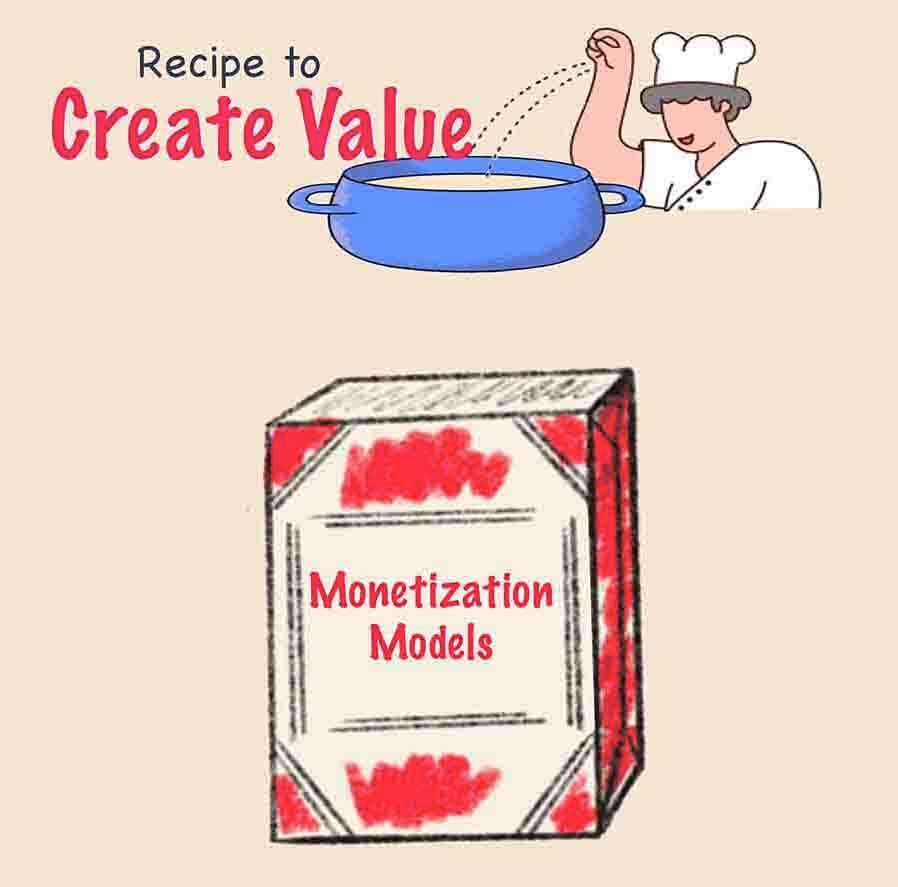
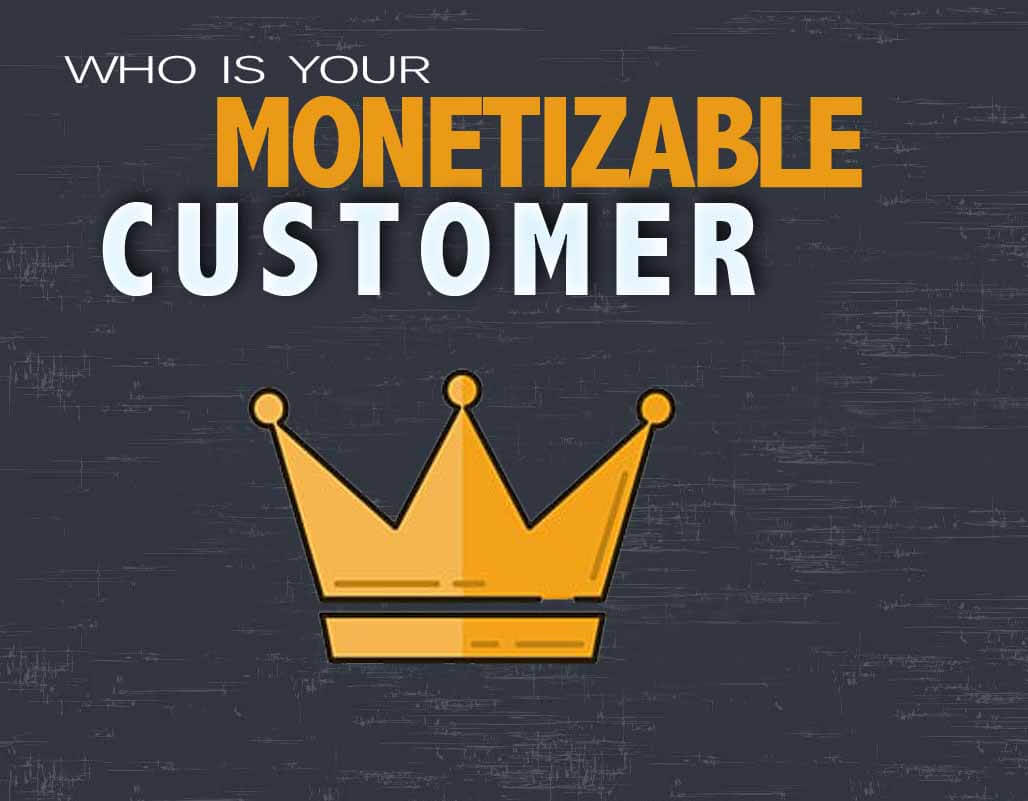
 Swipe for more stories
Swipe for more stories
Comments